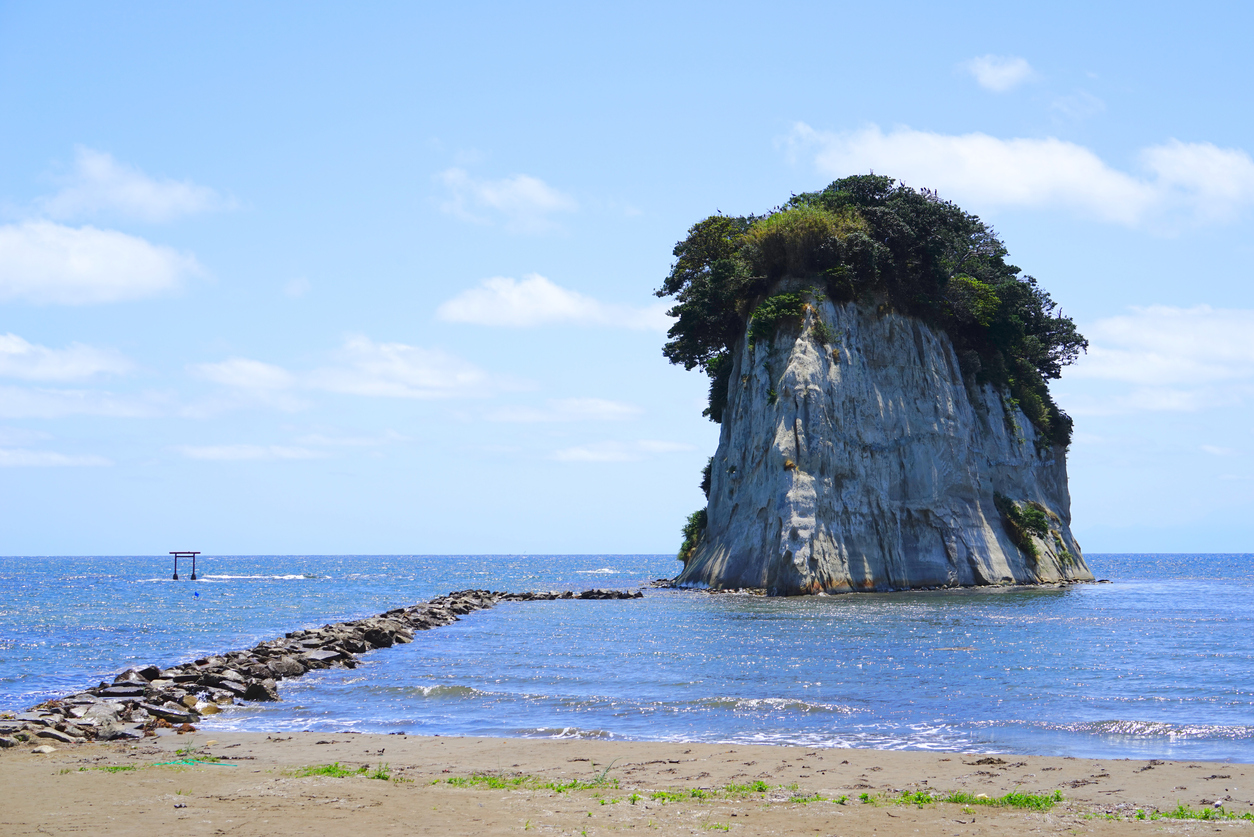2025/02/05
The Noto Peninsula Earthquake: What We Can Learn from the Prolonged Disaster and How to Make Plans for Future Preparedness

On the evening of November 26, an earthquake with a seismic intensity of lower 5 struck the Noto Peninsula region. Incidentally, the following day, November 27, the 13th meeting of the expert panel was held to review and register disaster-related deaths from the Noto Peninsula Earthquake that occurred on January 1, 2024. The panel recommended that 12 of the 16 cases submitted by Ishikawa Prefecture be newly recognized as disaster-related deaths. This brings the total number of disaster-related deaths from the Noto Peninsula Earthquake to 247, including 6 from Toyama and Niigata Prefectures. When direct fatalities are included, the total number of victims rises to 474. Many more applications for disaster-related deaths are still subjected to further review, indicating that the disaster's aftermath is far from over.
Meanwhile, the restoration, which faced criticism for being slow, has made progress. According to the Ishikawa Prefectural Government, 87 locations across 42 road routes were closed following the earthquake in January, and up to 48 locations across 25 road routes were closed due to heavy rainfall in September. As of November 12, the number of road closures had decreased to 35 locations across 17 road routes, effectively resolving the issue of isolated villages. The restoration of water, electricity, and communication services is also making progress. However, the restoration progress comes with the condition that they exclude “areas that are difficult to restore or inaccessible.” Including these problematic areas, the restoration process is still ongoing, with the following numbers affected: 390 households in Wajima City and 321 in Suzu City remain without running water; approximately 340 households in Wajima City, Suzu City, and Noto Town remain without electricity; and 37 communication stations in Wajima City and Suzu City are still awaiting restoration.
Disaster-related deaths exceeded the 222 fatalities recorded in the 2016 Kumamoto earthquake. The prolonged nature of the “disaster suffering” can be attributed to the unique geographical characteristics of the Noto Peninsula, the fact that most of the victims were elderly, and the record-breaking rainfall that struck the affected areas. Concerns about the initial response have also been raised. However, the core problem lies in a lack of disaster awareness. This is not an issue confined to the Noto earthquake alone. Survey results released on November 26 by the Cabinet Office's “Working Group on Countermeasures Against Nankai Trough Earthquakes” provide further insight. The survey, which targeted administrative agencies expected to manage practical responses during a disaster, assessed reactions to a recent issuance of a megaquake advisory called the Nankai Trough Earthquake Extra Information. It revealed that up to 78% of respondents expressed “confusion” about how to respond to the advisory, including 13.6% who admitted to “not fully understanding” the advisory system itself.
On the same day, November 26, the “The Working Group on Disaster Response Based on the Noto Peninsula Earthquake” released the results of its study on the future of disaster response. The recommendations included: strengthening emergency operation and support systems based on geographical features and social characteristics; improving procurement and transportation systems for supplies; upgrading the living environment for evacuees; collaborating with NPOs and other private organizations; and preparing for complex disasters. These are lessons learned from the Noto Peninsula Earthquake. The government is considering revisions to disaster-related legislation during next year's ordinary Diet session. Strengthening “preparedness” is essential, but it is equally important to ensure that disaster victims are not left behind at the “milestone” of infrastructure restoration by implementing detailed and thoughtful measures.
This Week’s Focus, 11.24 – 11.28
Takashi Mizukoshi, the President